A research team in Turkey has just discovered something that might change the story of Noah’s Ark as we know it.
Turkish locals have long-believed that Noah landed near Turkey’s ancient Mount Ararat in a site called the Durupınar formation. During an excavation project, new evidence has been found to support this legend.
The Story of Noah’s Ark
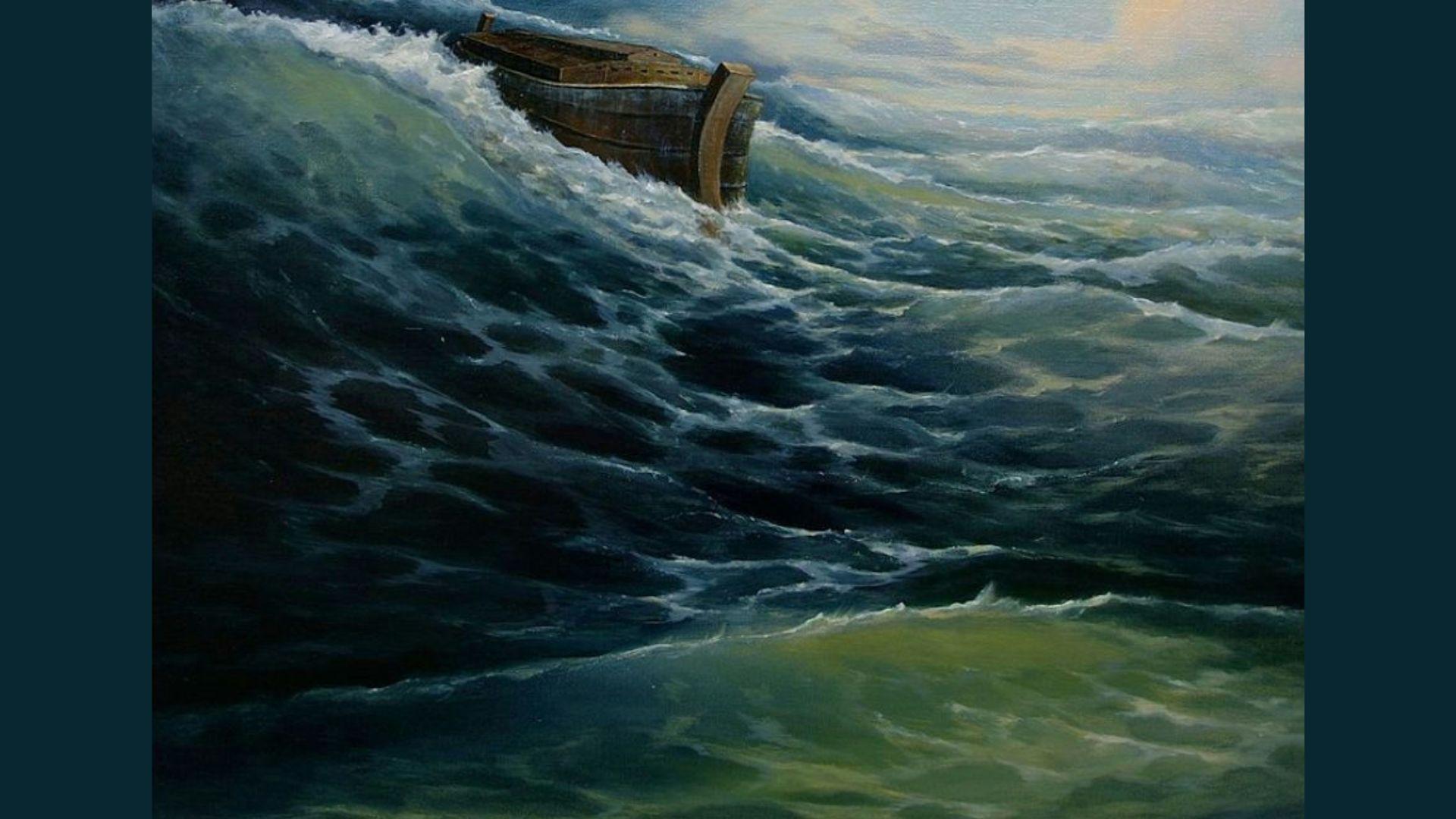
The story of Noah’s ark is an enduring tale which appears in the Bible. Noah is told by God to build an enormous boat—an ark—and collect two of every animal species in order to survive the flood.
At the end of the devastating flood, the ark lands near the top of the mountains of Ararat, which are located in modern Turkey. Whether you take this story literally or as an exaggerated legend, people have been captivated by it for many millennia.
The Team Behind the Discovery
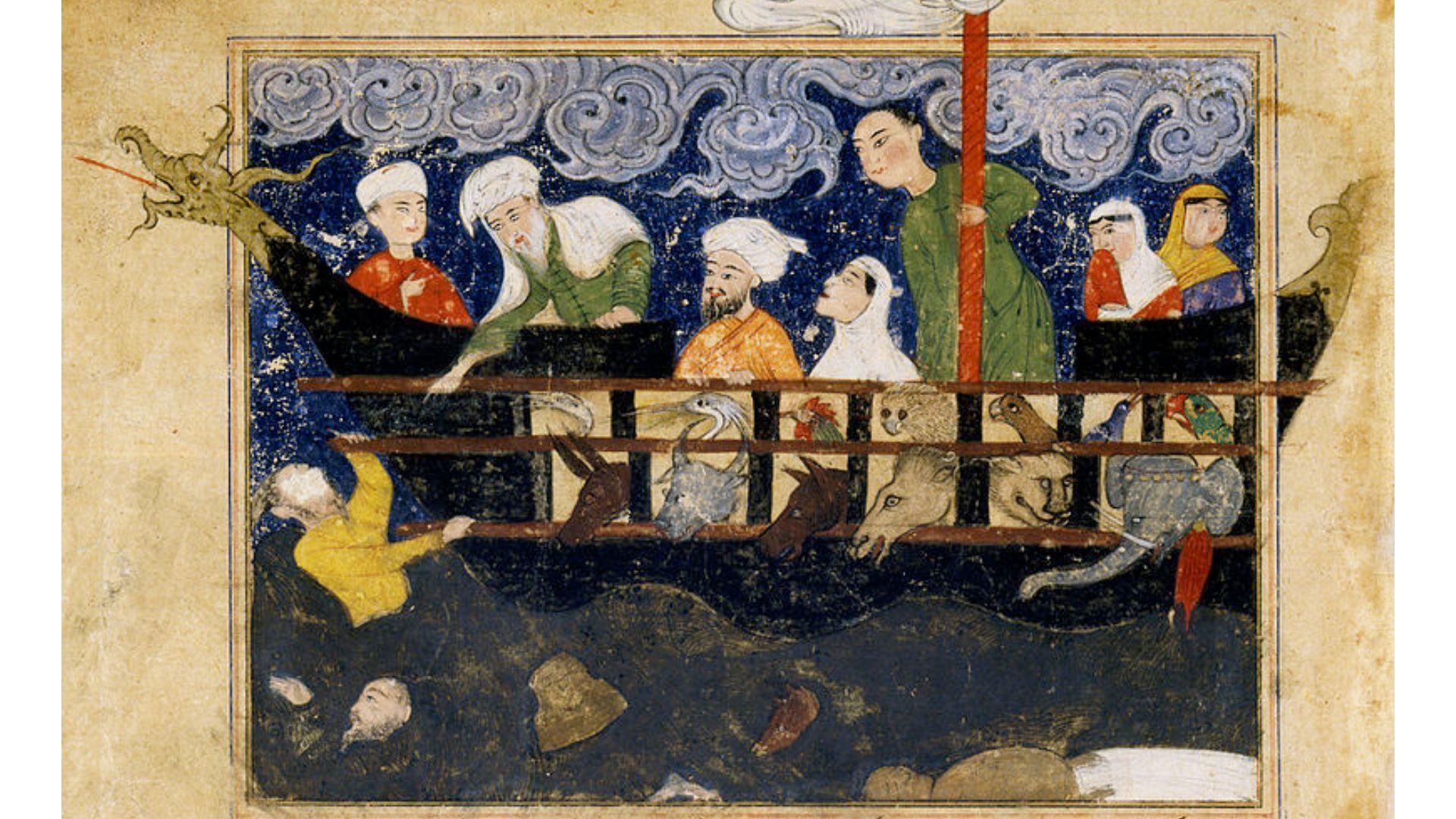
A research team based in Turkey—the Mount Ararat and Noah’s Ark Research Team—is a collaboration between three Turkish and American Universities. This collaboration began in 2021.
Hürriyet, a Turkish newspaper, reports that the goal of the Mount Ararat and Noah’s Ark Research Team is to explore the region’s geological formations and to rediscover ancient history.
Discovering Remnants of the Ark
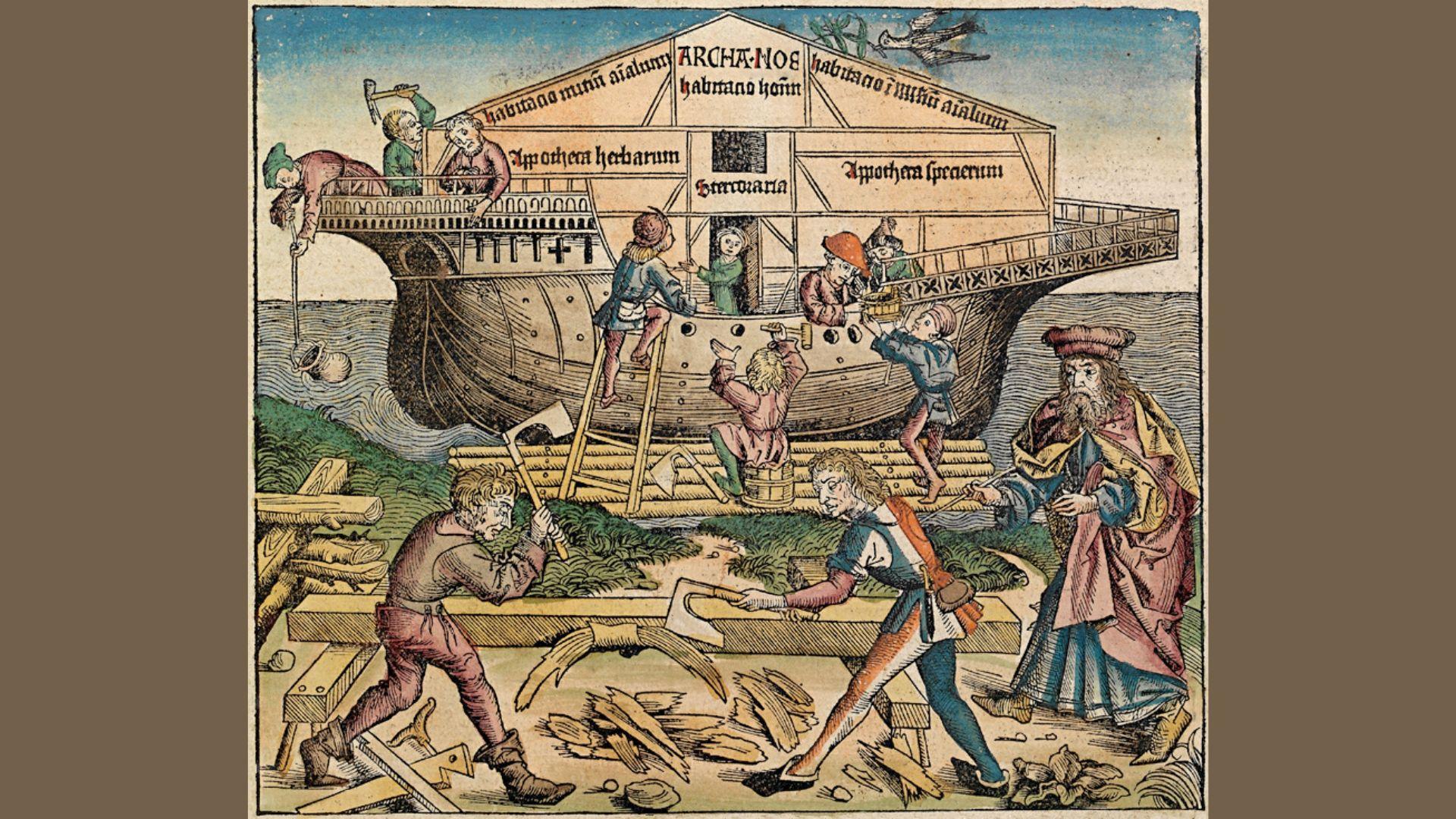
During an extensive excavation project in a Turkish geological site, the team discovered what they believe to be ship ruins—these ruins may be from Noah’s famous ark.
The Durupınar site, where they found the ruins, is right next to the ancient Ararat mountains.
Turkey’s Durupınar Site
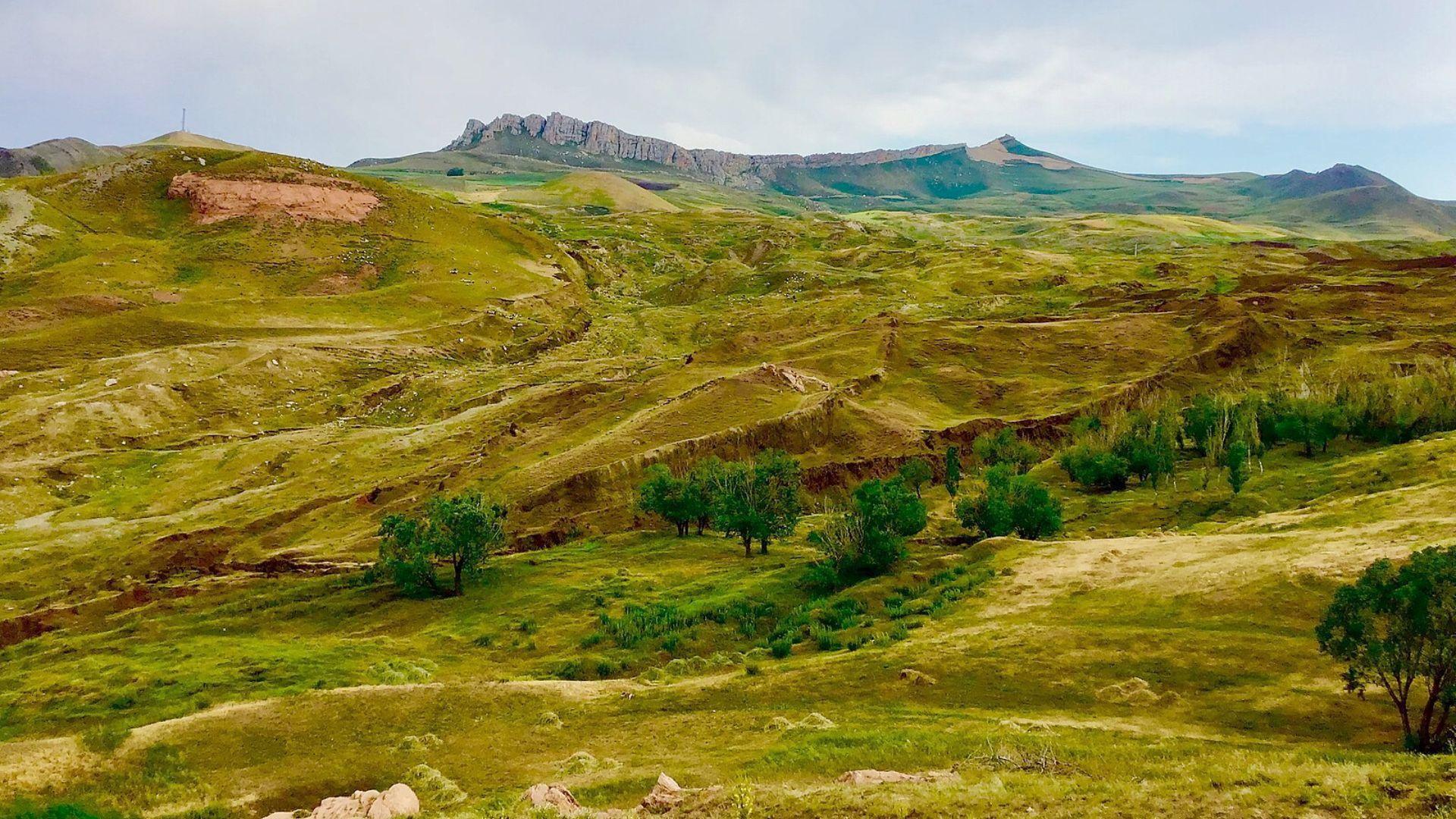
Near the Iran-Turkey border is the Doğubayazıt district of Ağrı, Turkey. The Durupınar site is located in this region; it is a geological formation made of limonite on Mount Tendürek.
Archaeologists, historians, and religious scholars have been long-fascinated by this geographical mystery.
Local Legend Might be Correct
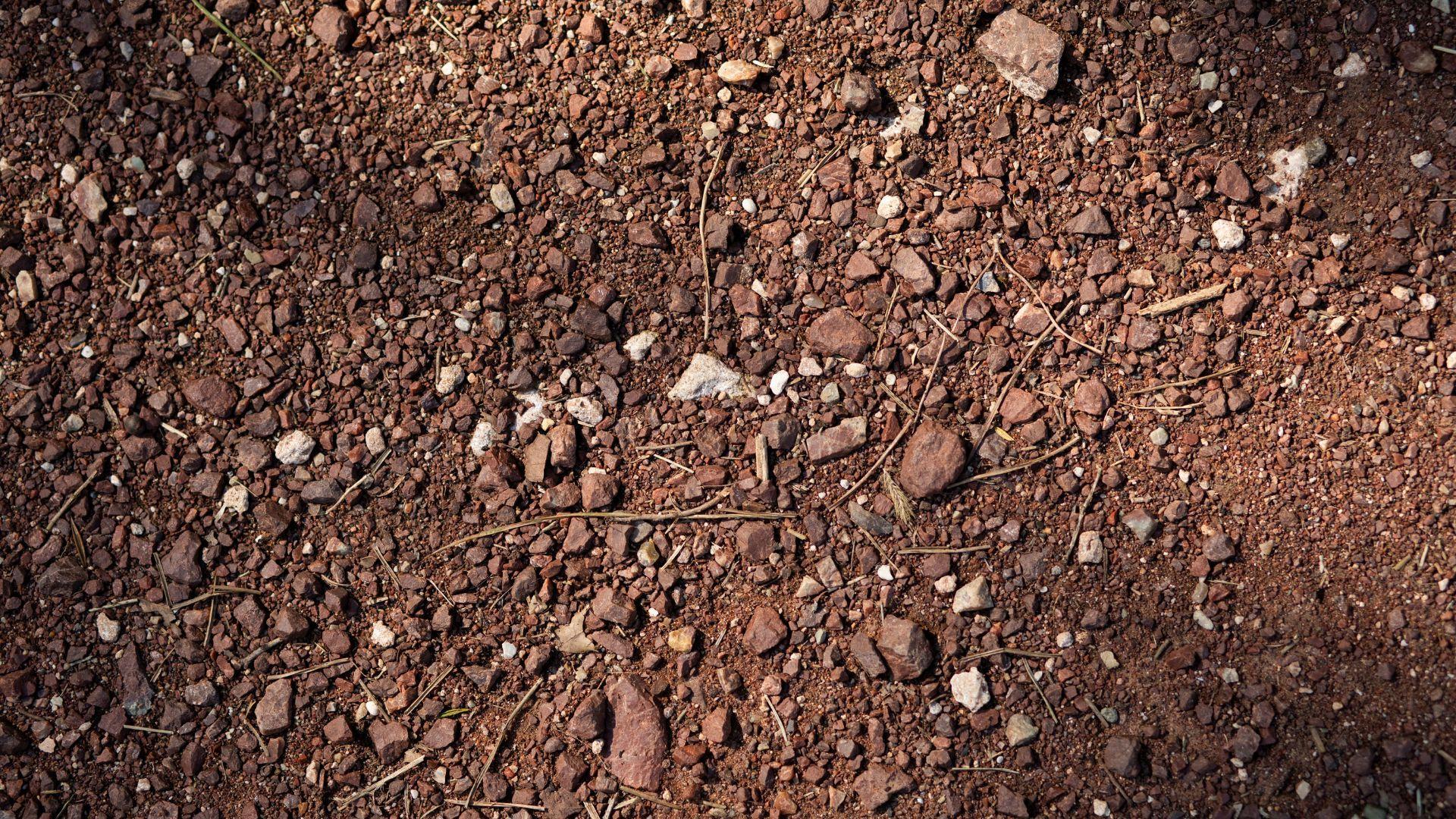
The Durupınar formation is made of limonite, which is a kind of iron ore. It is strikingly large, at 538 feet tall. Locals have believed for generations that this mysterious formation is the remnants of Noah’s ark.
This local legend has spurred many investigations over the years. Explorers and researchers have yearned for many years to get to the truth behind the legend.
Studying Modern Ararat
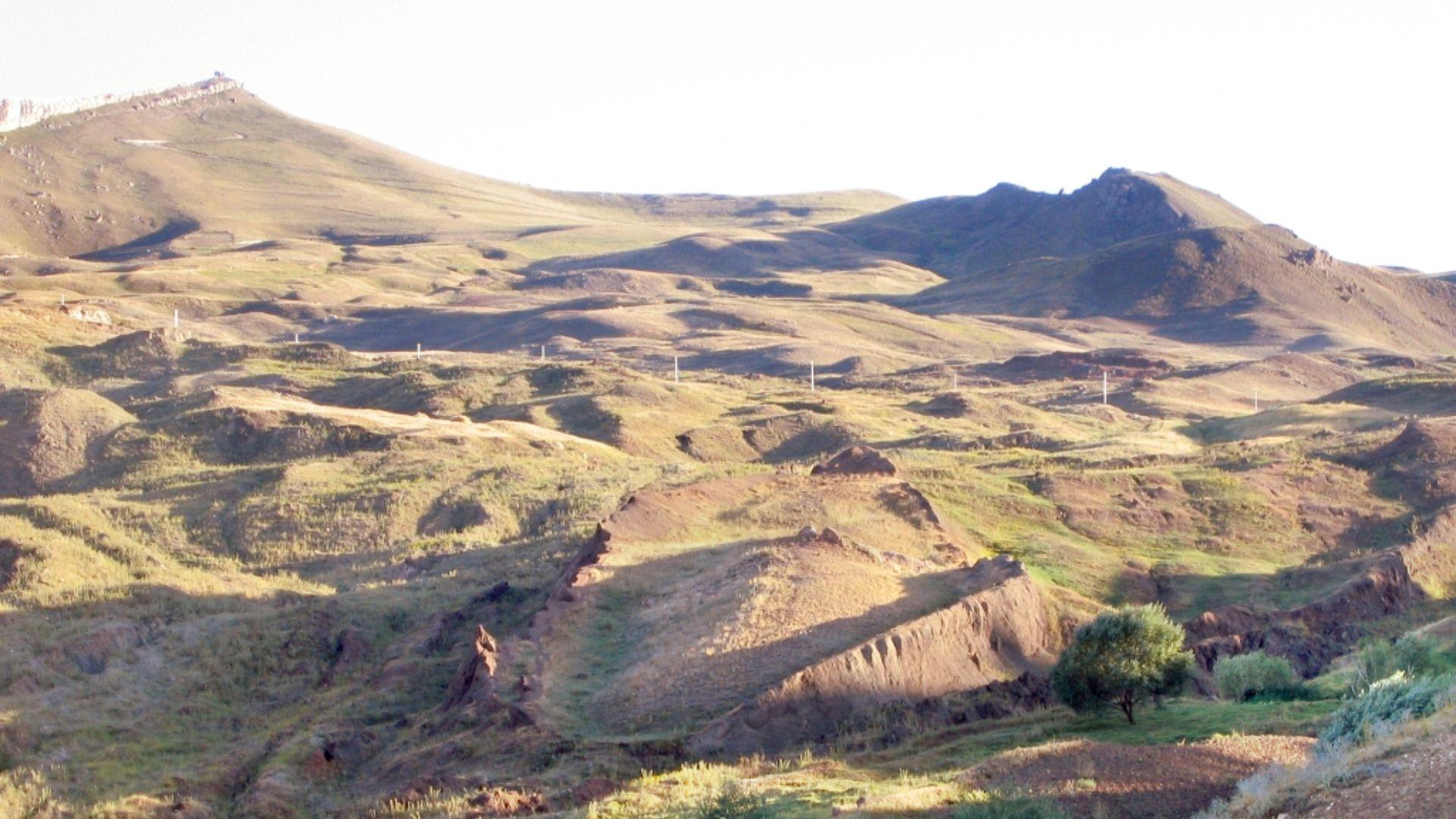
As part of their excavation efforts, the Mount Ararat and Noah’s Ark Research Team studied rock and soil samples from the Durupinar formation. The analysis of the samples was used to better understand the historical and geological timeline of the area.
The primary concern of the excavation was to see if the local legend—that the Durupınar site is the resting place of Noah’s ark—has any substance.
Evidence of a Flood

Another finding supports the legend: there is evidence of a flood occurring in the area. Hürriyet reported that there was the presence of “clayey materials, marine materials, and seafood” within the Durupinar formation.
These findings in the site indicate that at one time, the area was underwater. Additionally, the researchers discovered evidence of human activity during the Chalcolithic period—5500 to 3000 BC—which aligns with the timeframe of the flood associated with Noah’s ark.
An Expert Opinion
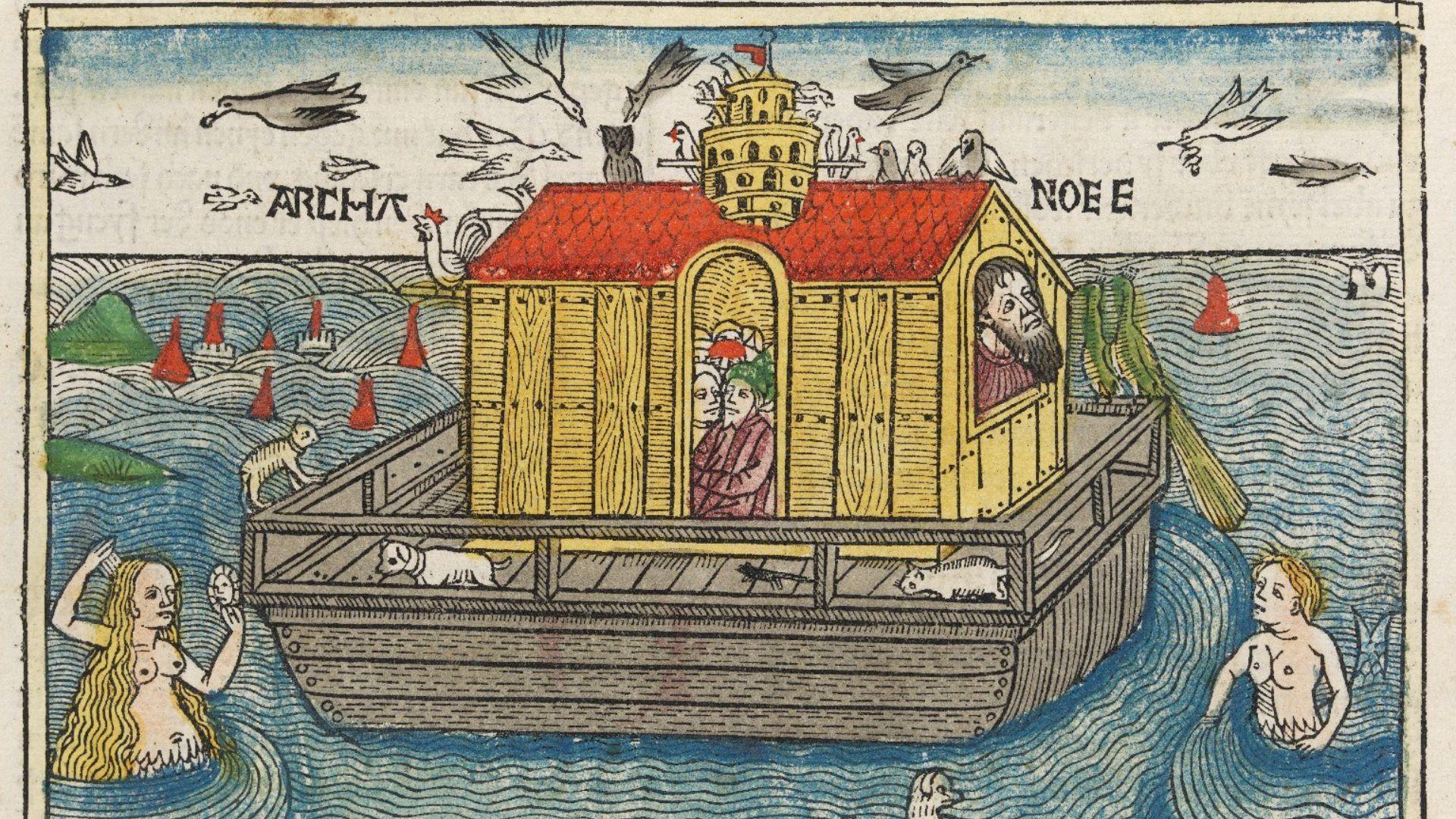
Professor Faruk Kaya from Agri Ibrahim Cecen University provided his insights about the discoveries. He wanted to highlight the congruence between known and theorized historical events and the geological data collected.
He said that the flood, which is said to have occurred 5,000 years ago, impressively aligns with the team’s research.
Further Research
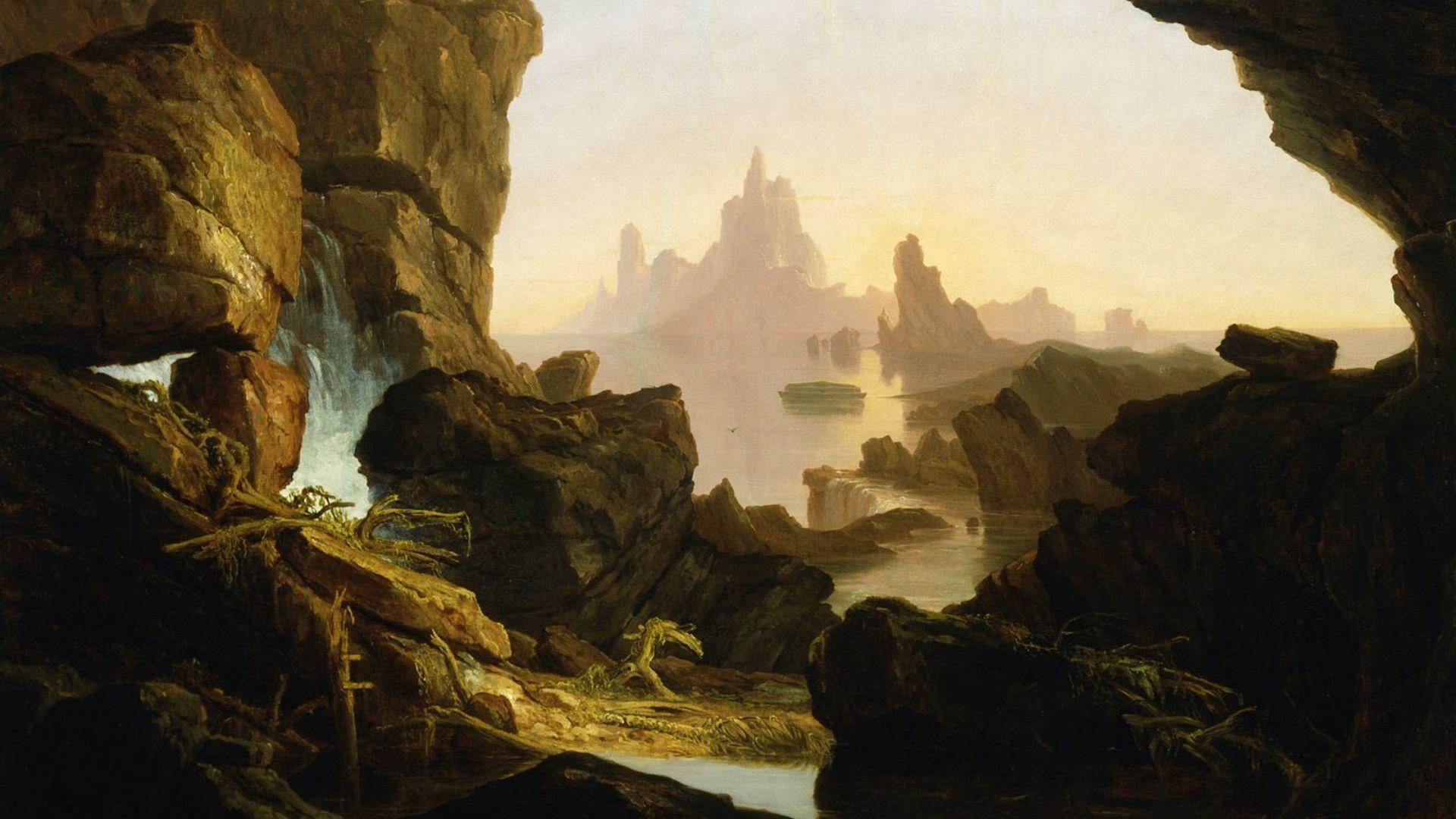
Professor Kaya made sure to say that additional thorough research is needed to confirm the definite existence of remnants of the ark.
The research done by the Mount Ararat and Noah’s Ark Research Team may certainly spark further research about the Durupınar site and the ancient mountains of Ararat. We might soon find indisputable evidence of the ark’s landing there.

